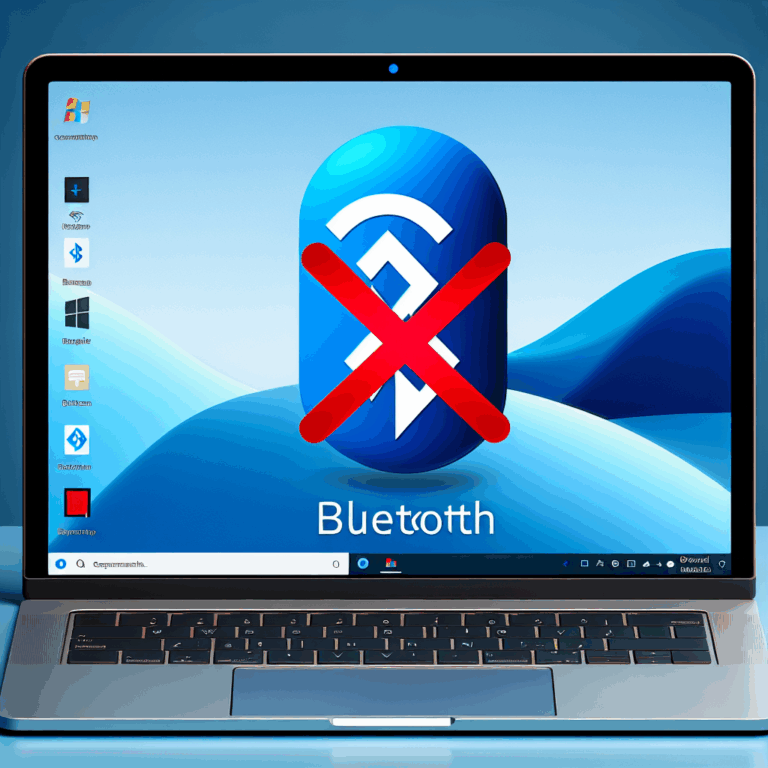Troubleshooting High CPU Usage and Slow Performance After Windows 11 Update
After installing a Windows 11 update, you may notice unusually high CPU usage and sluggish performance. This guide walks you through a systematic, step-by-step process to diagnose and resolve the issue, restoring your PC’s speed and responsiveness.
Identify the Cause
Before jumping into fixes, gather information about what’s consuming resources.
- Open Task Manager (Ctrl + Shift + Esc) and click the Processes tab to see CPU usage per app.
- Switch to the Details tab for a deeper view, sorting by CPU or Memory.
- Note any unusual spikes or consistently high-usage processes.
Step-by-Step Troubleshooting
-
Restart Your Computer
A simple reboot can clear temporary glitches introduced by the update.
-
Disable Unnecessary Startup Programs
Reduce load at boot time:
- Open Task Manager > Startup tab.
- Right-click non-critical entries and select Disable.
-
Update Device Drivers
Using Device Manager
- Press Win + X > Device Manager.
- Expand each category, right-click a device > Update driver.
- Choose Search automatically for drivers.
Download from Manufacturer
- Visit your PC or hardware vendor’s website.
- Download and install the latest chipset, graphics, and network drivers.
-
Run the Windows Update Troubleshooter
Windows includes a built-in tool to resolve update-related issues:
- Go to Settings > System > Troubleshoot > Other troubleshooters.
- Click Run next to Windows Update.
-
Scan for Corrupted System Files
System File Checker (SFC)
- Open Command Prompt as administrator.
- Run
sfc /scannow.
Deployment Image Servicing and Management (DISM)
- In the elevated Command Prompt, run:
DISM /Online /Cleanup-Image /RestoreHealth
-
Uninstall the Problematic Update
If a specific update is culprit:
- Go to Settings > Windows Update > Update history.
- Click Uninstall updates, select the recent update, then Uninstall.
-
Perform a Clean Boot
Eliminate software conflicts:
- Press Win + R, type
msconfig, and hit Enter. - On the Services tab, check Hide all Microsoft services and click Disable all.
- On the Startup tab, click Open Task Manager and disable startup items.
- Restart and observe performance.
- Press Win + R, type
-
Adjust Performance Settings
Optimize Windows visuals and background services:
- Right-click This PC > Properties > Advanced system settings.
- Under Performance, click Settings and select Adjust for best performance.
-
Reset or Repair Windows 11
As a last resort:
- Go to Settings > System > Recovery.
- Under Reset this PC, click Reset PC and choose to keep your files.
Preventive Tips
- Keep drivers and firmware up to date regularly.
- Create a restore point before major updates.
- Monitor Task Manager routinely for unusual activity.
- Maintain sufficient free disk space and run Disk Cleanup.
Conclusion
High CPU usage and slow performance after a Windows 11 update can often be traced to driver conflicts, corrupted system files, or problematic updates. By following the steps outlined above, you should be able to identify and resolve the root cause, restoring your system to optimal performance. If issues persist, consider seeking professional support or contacting Microsoft Support directly.

